Top Workplace Safety Tips for Industrial Workbenches
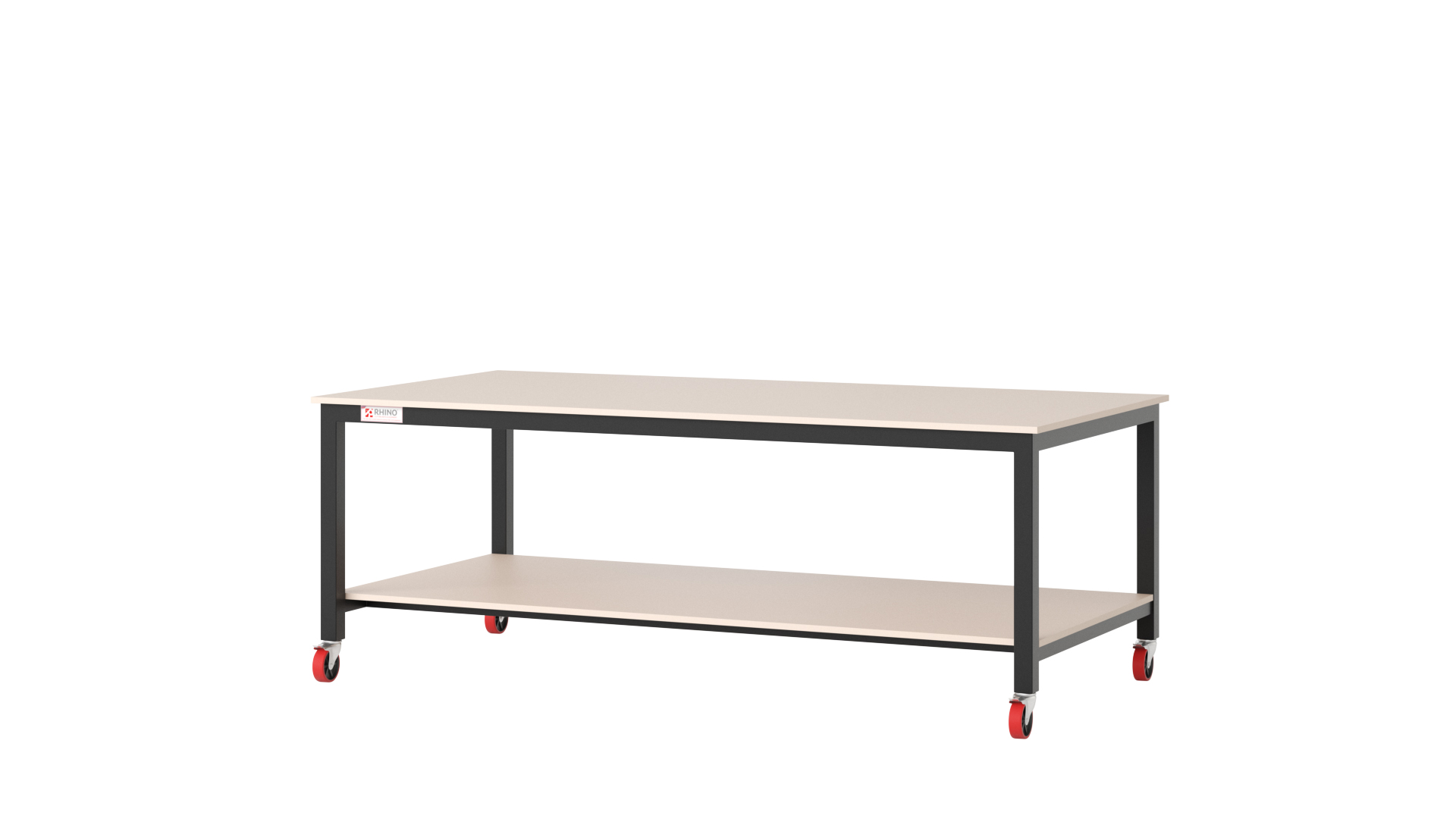
In industrial environments, workbench safety plays a key role in reducing risk and maintaining efficient workflows. A strong, stable bench is important, but how it’s positioned, maintained and used each day is just as critical. Consistent attention to safe work practices helps support both staff wellbeing and productivity.
Whether the setting is manufacturing, engineering or warehousing, these tips are designed to improve industrial safety across all types of workbenches for industrial use.
1. Get the Basics of Ergonomics Right
Poor posture is a common cause of strain-related injuries in industrial settings. Using height-adjustable workbenches allows workers to position their workstation at a level that suits the task, whether seated or standing.
This helps reduce physical stress and supports more efficient movement during repetitive tasks. For many environments, general purpose benches with adjustable features are a practical choice to improve comfort and reduce risk over time.
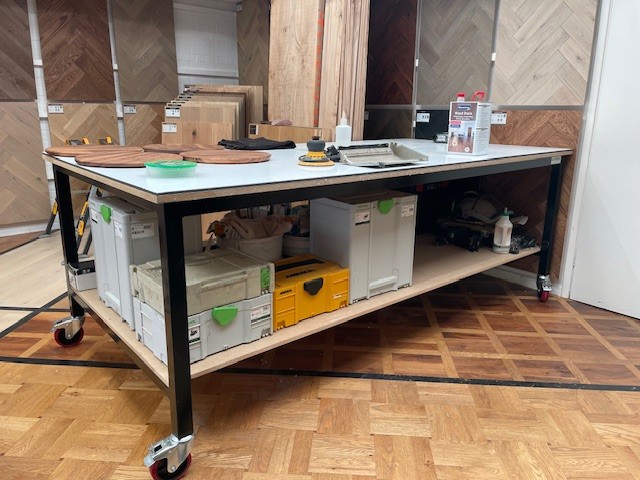
2. Keep the Bench Clear and Organised
It’s easy to underestimate the risks caused by a cluttered worktop. Tools, offcuts and loose items left on worktops can lead to accidents or slow down tasks. Keeping the workstation clear and organised is a key part of maintaining industrial safety.
Returning tools to proper storage and keeping surfaces tidy helps reduce hazards and supports a more efficient working environment.
3. Make Sure the Right PPE Is Used
The correct personal protective equipment (PPE) should always be used when working at any industrial bench. Depending on the task, this can include safety glasses, gloves or steel-toe boots.
PPE is an essential part of maintaining industrial safety and should be used consistently. Clear guidance and regular checks help ensure safe work practices are followed across all tasks, not just the high-risk ones.
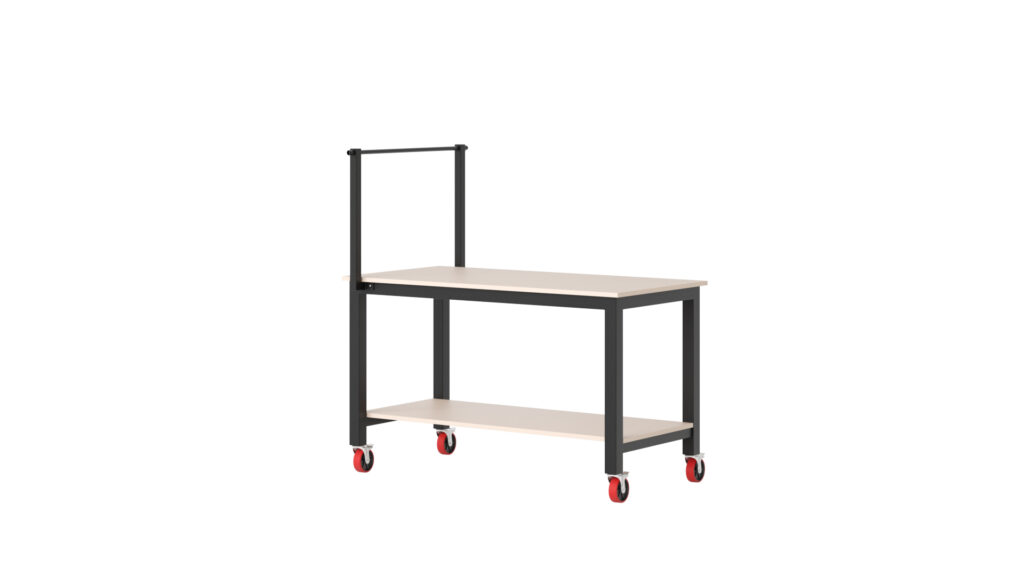
4. Don’t Skip Maintenance Checks
Just like any piece of equipment, workbenches wear down over time. Bolts can loosen, surfaces can get damaged, and general stability can weaken if left unchecked. Regular inspections — even just quick visual checks — help identify these issues early.
A workbench built to last will withstand the demands of daily use, but ensuring it meets the correct specification and is well-maintained is key to preserving workbench safety.
5. Light the Area Properly
Poor lighting can lead to mistakes, eye strain or even injury. Every workbench should be set up with proper lighting, either from overhead sources or task lighting attached to the bench. The goal is to reduce shadows and make sure everything on the surface is clearly visible.
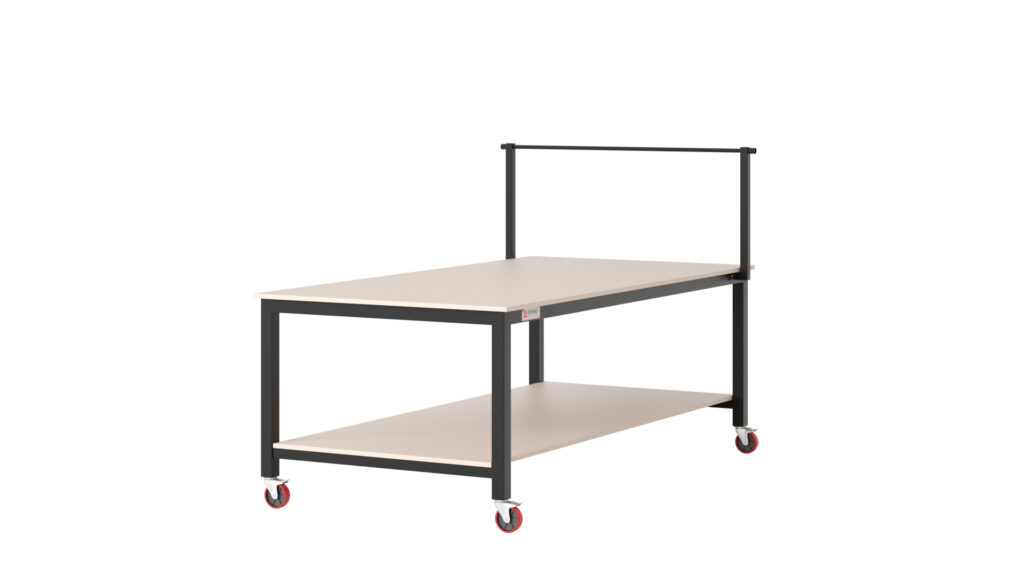
6. Store Hazardous Items the Right Way
If your work involves solvents, adhesives or other hazardous materials, ensure they’re stored in appropriate containers, away from open bench space. Use clearly marked containers and keep them locked away when not in use.
In a laboratory or industrial setting, good storage routines are essential for industrial safety. Following safe work practices helps prevent accidents and ensures materials are handled properly.
7. Make Training a Regular Thing
Safety training shouldn’t be a one-off. Regular refreshers help maintain good habits and introduce new safety measures. From lifting techniques to emergency procedures, ongoing training reinforces safe work practices and ensures everyone is aligned on the latest procedures.
This commitment to training is crucial for maintaining strong industrial safety across all tasks.
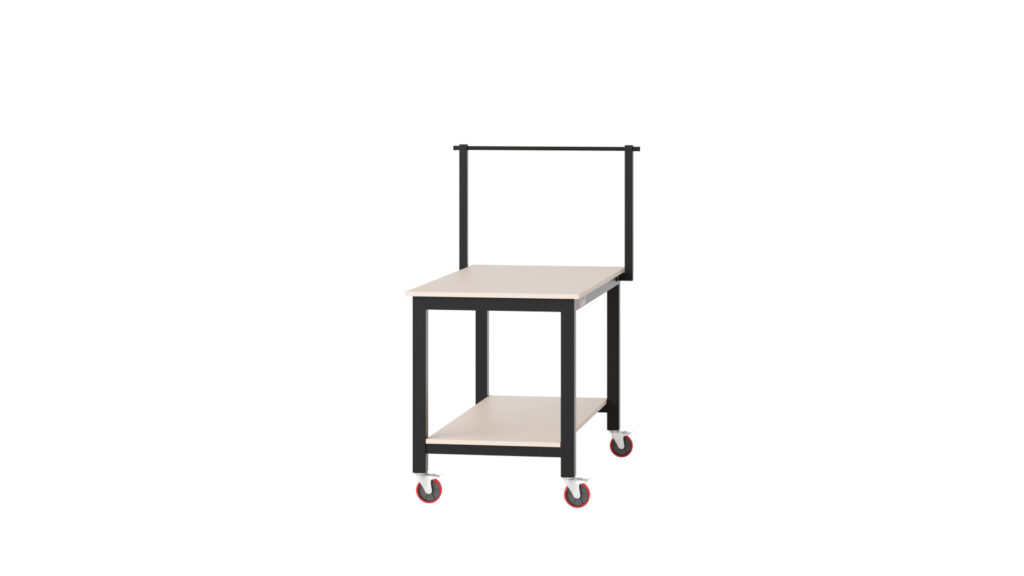
8. Focus on Safe Lifting
Many tasks at an industrial bench involve lifting, whether it’s moving raw materials or shifting finished items. Ensure staff are trained in safe lifting techniques – bend at the knees, keep the back straight and avoid twisting while carrying. If a load is too heavy, use mechanical aids or ask for help.
These small changes go a long way in improving workbench safety.
9. Prepare for Emergencies
Every workspace should have clear emergency procedures. That includes knowing where the first aid kit is, how to use fire extinguishers and what the evacuation plan is. Having this information visible and regularly practised helps keep responses quick and calm if something goes wrong.
10. Keep Safety Open for Discussion
It’s not just down to management to spot hazards. Staff working on the ground often notice things first, so it’s important to have an open line for feedback. Encourage team members to speak up if they see something unsafe or think of ways to improve setups. A strong safety culture starts with communication and mutual responsibility.
Final Thoughts
Industrial workbenches are the backbone of many businesses. Whether they’re used for cutting, assembling, packaging or repairs, they need to be safe, reliable and set up with workers in mind. Good workbench safety comes from regular upkeep, proper equipment use, and common-sense practices.
By sticking to the tips above, you’ll support better industrial safety and help create a workplace where injuries are less likely and productivity can thrive.
Rhino’s heavy-duty benches are built with this in mind — designed to meet the demands of busy workshops and factories. They’re sturdy, practical, and built to support real work, every day.
